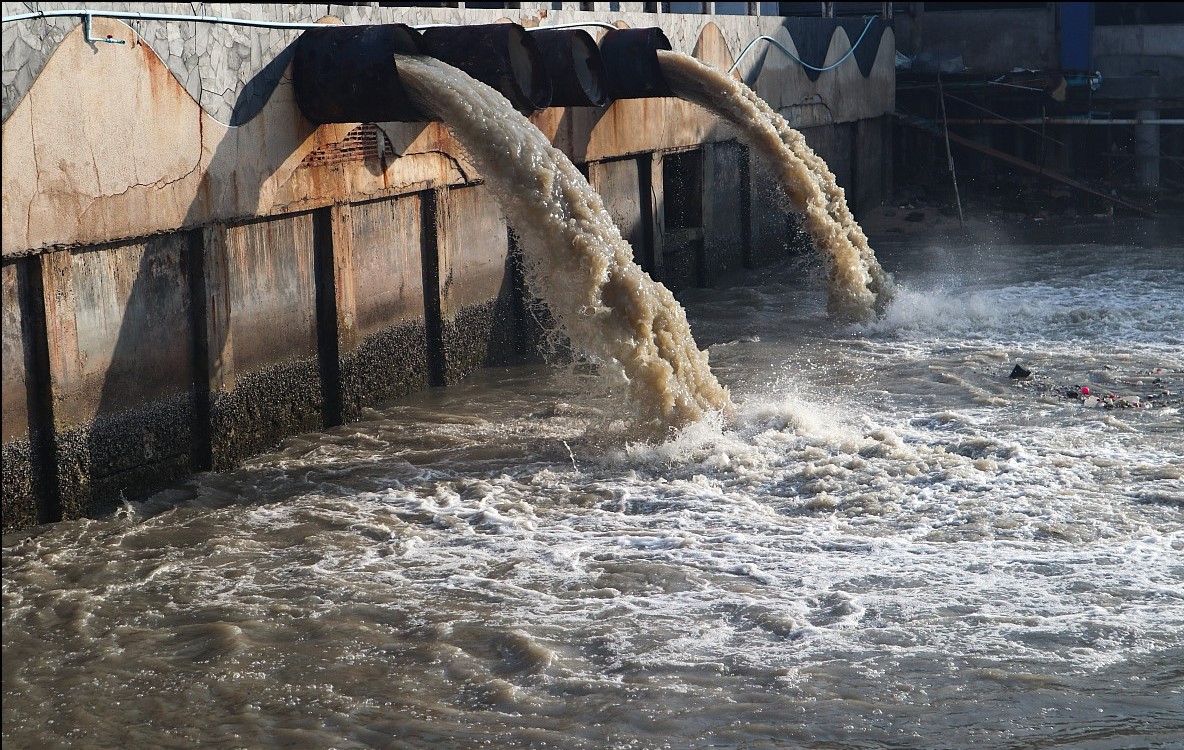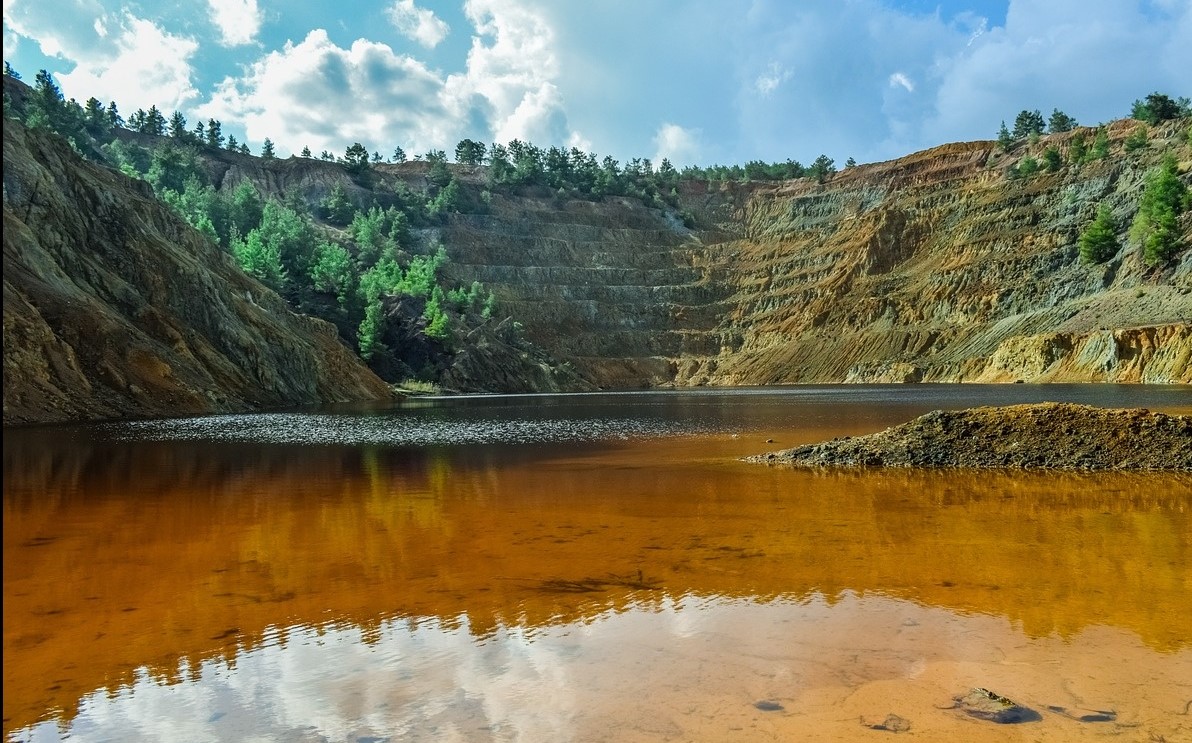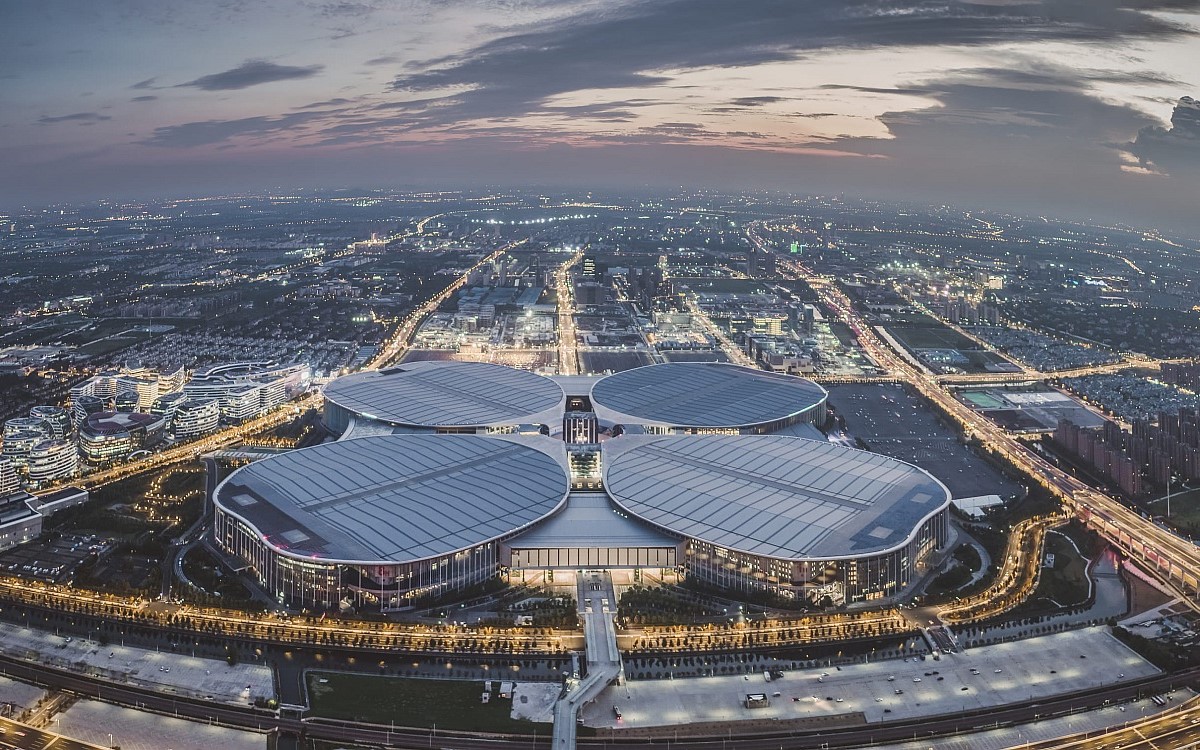The company’s latest report, "Infrastructure Insight: East Africa", reviews some key components of the 287 large-scale public and private sector infrastructure projects in East Africa that GlobalData are tracking, from project announcement to execution.
Collectively, these projects are worth US$209.1 billion. Transport (rail and road) and energy sectors account for a large proportion of the project pipeline (37.1% and 45.2% respectively) and have total values of US$77.5 billion and US$94.6 billion.
Yasmine Ghozzi, Construction Analyst at GlobalData, comments, "Investment rates in transport infrastructure have been increasing, thanks to major continental initiatives such as the Program for Infrastructure Development in Africa (PIDA) – a strategic continental initiative for mobilizing resources across African countries to transform Africa through modern infrastructure."
Despite having some of the fastest-growing economies in the world, East Africa remains among the least competitive regions globally, mainly due to poor infrastructure, which constitutes a significant impediment to the achievement of the Sustainable Development Goals. Reflecting this, governments in the region have allocated around a third of their individual budgets in the new financial year towards financing infrastructure development.
East Africa Community (EAC) reported that it needs more than US$100 billion over the next four years to plug their infrastructure gap, which has kept the cost of doing business in the region high. Of this amount, US$78 billion over the next ten years would be used on railways, roads and energy projects in a bid to ease transportation and boost manufacturing.’
Ghozzi, added,"There are various factors that hinder infrastructure financing in East Africa, including higher transaction costs, inadequate availability of bankable projects, permits and licenses required, and the multi-governmental agencies and institutions that investors must deal with in a typical capital project. There are also obstacles related to limited local capacity for project preparation and tender."
East Africa infrastructure construction to grow sharply over next 5 years
Kategorie: Trade & Industry
Autor: Jonas Völker
Das könnte Sie auch interessieren:
Passende Firmen zum Thema:
Publikationen
Sie möchten die gwf Wasser + Abwasser testen
Bestellen Sie Ihr kostenloses Probeheft
Überzeugen Sie sich selbst: Gerne senden wir Ihnen die gwf Wasser + Abwasser kostenlos und unverbindlich zur Probe!




